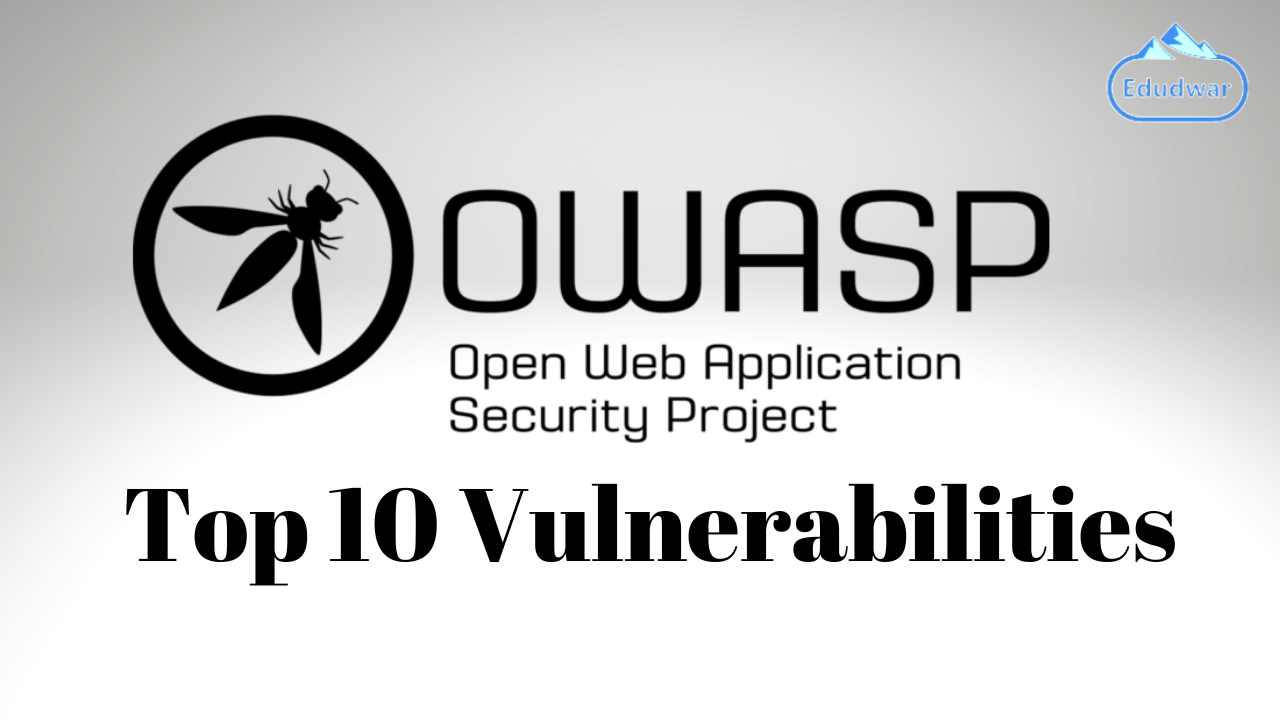OWASP releases its standard document OWASP top 10 stating the most critical security risks for web applications. Many organizations rely on this document for ensuring minimum risk to their web applications. OWASP top 10 vulnerabilities are very important for developers to create secure applications that protect their users’ confidential from attack or theft.
OWASP (Open Web Application Security Project) is a non-profit organization whose work is focused on improving software security. It finds most dangerous security threats to web applications and rank them according to their frequency of occurrence and severity of impact. These are the OWASP top 10 vulnerabilities 2023 that every web and application developers should look out before proceeding with the development.
- Broken Access Control
- Cryptographic Failures
- Injection
- Insecure Design
- Security Misconfiguration
- Vulnerable and Outdated Components
- Identification and Authentication Failures
- Software and Data Integrity Failures
- Security Logging and Monitoring
- Server-Side Request Forgery
OWASP Top 10 Vulnerabilities 2023 List
Now that you know what risks are listed under OWASP top 10 vulnerabilities 2023, let us check them out one by one. These are among the commonly faced vulnerabilities by OWASP users.
1. Broken Access Control
During app development, access controls are applied that prohibit users from retrieving the information out of their given permission. Failure to perform efficiently can lead to unauthorized information disclosure, data modification, destruction of all data and many other damages. When an application evolves with time and numerous features are loaded to it, failure can occur and this can result in fallout for the application’s security. Broken Access Control in any application or website must be prevented at all cost.
It is among the commonly faced OWASP 2023 vulnerabilities.
2. Cryptographic Failures
Poor use of cryptography and algorithm are responsible for a series of threats that are known as Cryptographic failures. It is important to use encrypted connections to application like SFTP, HTTPS, SSH, etc while carrying out any configuration or code changes. This vulnerability can expose sensitive data such as passwords, business records, credit card information, email addresses, patient health records, or other personal user data. To prevent this, all data should be stored with the recommended hashing algorithms.
3. Injection
Injection is one of the oldest vulnerability that can lead to data loss, data theft, service denial, etc and in worst scenario can compromise the full system. Injection attacks, especially SQL Injections (SQLi attacks) and Cross-site Scripting (XSS), are most dangerous and widespread weakness of any application. Other than these, there are several other types of Injections that a web developer should look out for. Using a safe API and positive server-side input validation can help in preventing Injections.
4. Insecure Design
To keep application free of security gaps, it is recommended that developers use safe design patterns and securely created threat modeling while designing. A secure application can be build using secured component library, tooling and methodology. Implementation of ineffective control design can lead to different weaknesses termed as Insecure Design. It is suggested to determine the level of security design before beginning the app development to prevent Insecure Design vulnerability.
5. Security Misconfiguration
Inaccurately or insecurely configured security controls can cause Security Misconfiguration vulnerability and put the system and data to risk. Unnecessary features enabled or installed, outdated software, etc can also cause Security Misconfiguration. This threat can impact any layer of the application stack, cloud or network, leaving important information to expose. It can be prevented by implementing secure installation process. Using an automated process to verify the effectiveness of the configurations and settings in all environments is also recommended.
6. Vulnerable and Outdated Components
If the components used in the development of a website or application is outdated or is vulnerable itself, it can compromise the whole application. This is known as Vulnerable and Outdated Components vulnerability. A developer should also always know the versions of components being used and should perform regular scan for vulnerabilities to keep problems at bay. As a protective measure, remove unnecessary features, unused dependencies, components, files and documentation from time to time.
7. Identification and Authentication Failures
Before accessing any protected site, the application must keep a check on user’s identity, authentication, and session management. These things are important for protection against authentication-related attacks or can else lead to Identification and Authentication Failures vulnerability. With the introduction of two-factor authentication, the number of failures has reduced but is still too frequent to be listed in the OWASP Top 10 vulnerabilities 2023. Limiting failed login attempts and generating a new random session ID at every login can further prevent the issue.
8. Software and Data Integrity Failures
Code and infrastructure that does not protect against integrity violations can lead to Software and data integrity failures. It is therefore important to verify the installed packages on your system and make sure that the data is from a reliable source and has not been altered at any stage. Implementing libraries and dependencies, software supply chain security tool, and review process for code and configuration changes are other ways of preventing this vulnerability.
9. Security Logging and Monitoring
Security logging and monitoring are vital to the maintenance of a secure infrastructure. Viewing the logs regularly can be helpful in acting fast in case any potentially dangerous activity is noticed. On the other hand, insufficient monitoring of log activities can lead to a bunch of issues collectively termed as Security logging and monitoring vulnerability. Depending on the risk of the application, protective measures must be applied to eliminate any risk as soon as possible.
10. Server-Side Request Forgery
Server-Side Request Forgery (SSRF) occurs when a web application procures a distant resource without validating the URL supplied by the user. The attacker can send a crafted request to an unexpected destination, even if protected by a firewall or VPN. Both frequency and severity of this vulnerability has increased with time. To protect an application against SSRF, all the data entered should be checked carefully and each URL scheme should be checked against the allowed list.











